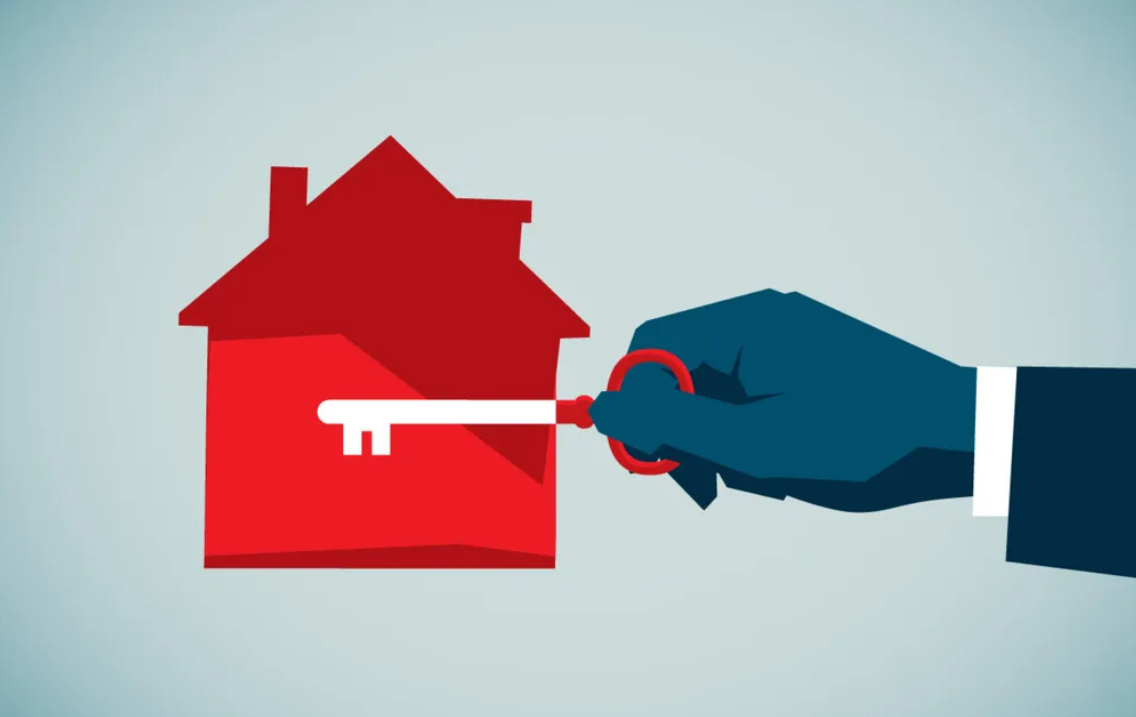The real estate landscape is undergoing a significant shift, and the latest data from Kiplinger’s Housing Outlook paints a stark picture: Existing home sales are at their lowest level since 2010. In this article, we delve into the factors contributing to this downturn, the potential implications for the housing market, and what homebuyers, sellers, and investors should consider in light of this challenging scenario.
The Numbers Unveiled: Understanding the Existing Home Sales Plunge:
Kiplinger’s Housing Outlook reveals a notable dip in existing home sales, reminiscent of the market’s state more than a decade ago. The numbers, signaling the lowest levels since 2010, prompt a closer examination of the contributing factors and the broader economic context influencing the real estate sector.
Pandemic Aftermath: Lingering Impact on Home Sales:
The lingering aftermath of the COVID-19 pandemic plays a pivotal role in the current state of existing home sales. The initial surge in demand during the pandemic has given way to new challenges, including supply chain disruptions, labor shortages, and a reevaluation of housing preferences as remote work becomes more prevalent.
Supply and Demand Dynamics: A Delicate Balance Upended:
The delicate balance between housing supply and demand has been upended, contributing to the decline in existing home sales. While demand remains strong, the shortage of available homes has created a competitive market that may be pricing some potential buyers out of the picture.
Rising Mortgage Rates: A Headwind for Homebuyers:
Another factor influencing the existing home sales landscape is the rise in mortgage rates. As interest rates climb, the cost of financing a home purchase increases, potentially deterring some buyers from entering the market or limiting their purchasing power.
Affordability Challenges: Navigating the Cost of Homeownership:
Affordability challenges are increasingly prominent, especially for first-time homebuyers. The combination of high demand, limited supply, and rising costs creates a scenario where many aspiring homeowners find themselves facing barriers to entry into the real estate market.
Impact on Home Sellers: Adjusting Expectations in a Shifting Market:
For those looking to sell their homes, the current market conditions necessitate a realistic assessment of expectations. While the demand remains, sellers may need to adjust pricing strategies and timelines to align with the evolving dynamics of the real estate landscape.
Investor Considerations: Navigating Opportunities Amidst Challenges:
Real estate investors are presented with a dual challenge and opportunity. While the overall market may be experiencing a downturn, strategic investors can identify pockets of opportunity, such as undervalued properties or areas poised for growth, to capitalize on the market’s cyclical nature.
Policy Responses: Anticipating Government Interventions:
The housing market’s sensitivity to economic factors often prompts government interventions. Policymakers may consider measures to address housing affordability, stimulate construction, or implement initiatives to support first-time homebuyers, potentially reshaping the landscape in the coming months.
Long-Term Outlook: Shaping the Future of Real Estate:
As we navigate the challenges of the present, it’s crucial to consider the long-term outlook for the real estate market. Economic recovery, shifts in housing preferences, and potential policy changes will all play roles in shaping the trajectory of existing home sales in the years to come.
Navigating the Real Estate Maze: Tips for Buyers, Sellers, and Investors:
In the face of a shifting real estate landscape, there are practical steps for buyers, sellers, and investors to navigate the maze. Thorough market research, financial readiness, and strategic decision-making will be key components of success in a market marked by complexity and change.
Kiplinger’s Housing Outlook sheds light on a significant development in the real estate arena – existing home sales at their lowest level since 2010. While the factors contributing to this downturn are multifaceted, the real estate market has historically proven to be resilient and cyclical. As stakeholders navigate the challenges and opportunities presented by the current landscape, strategic decision-making, adaptability, and a nuanced understanding of market dynamics will be essential for charting a course toward success in the ever-evolving world of real estate.


